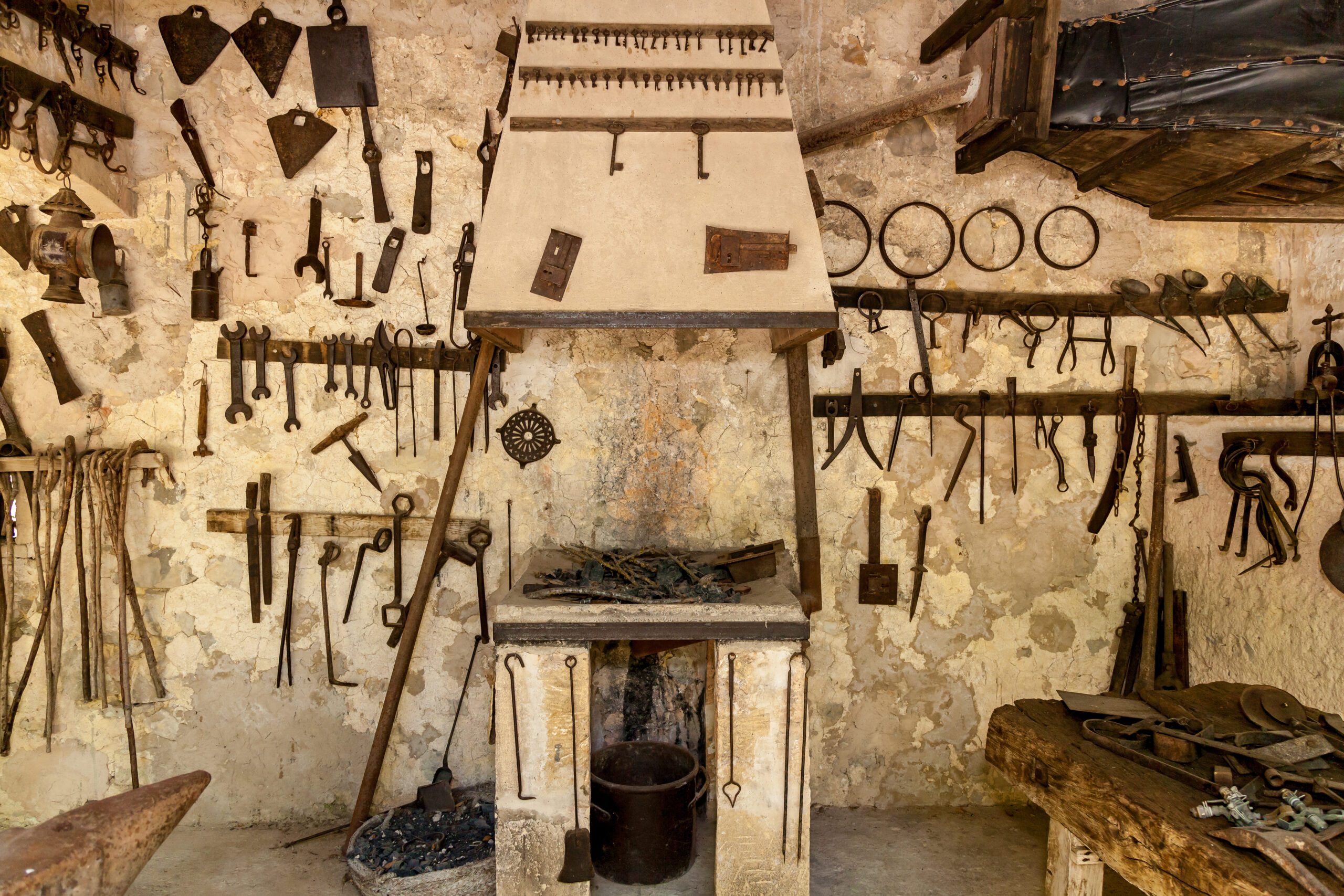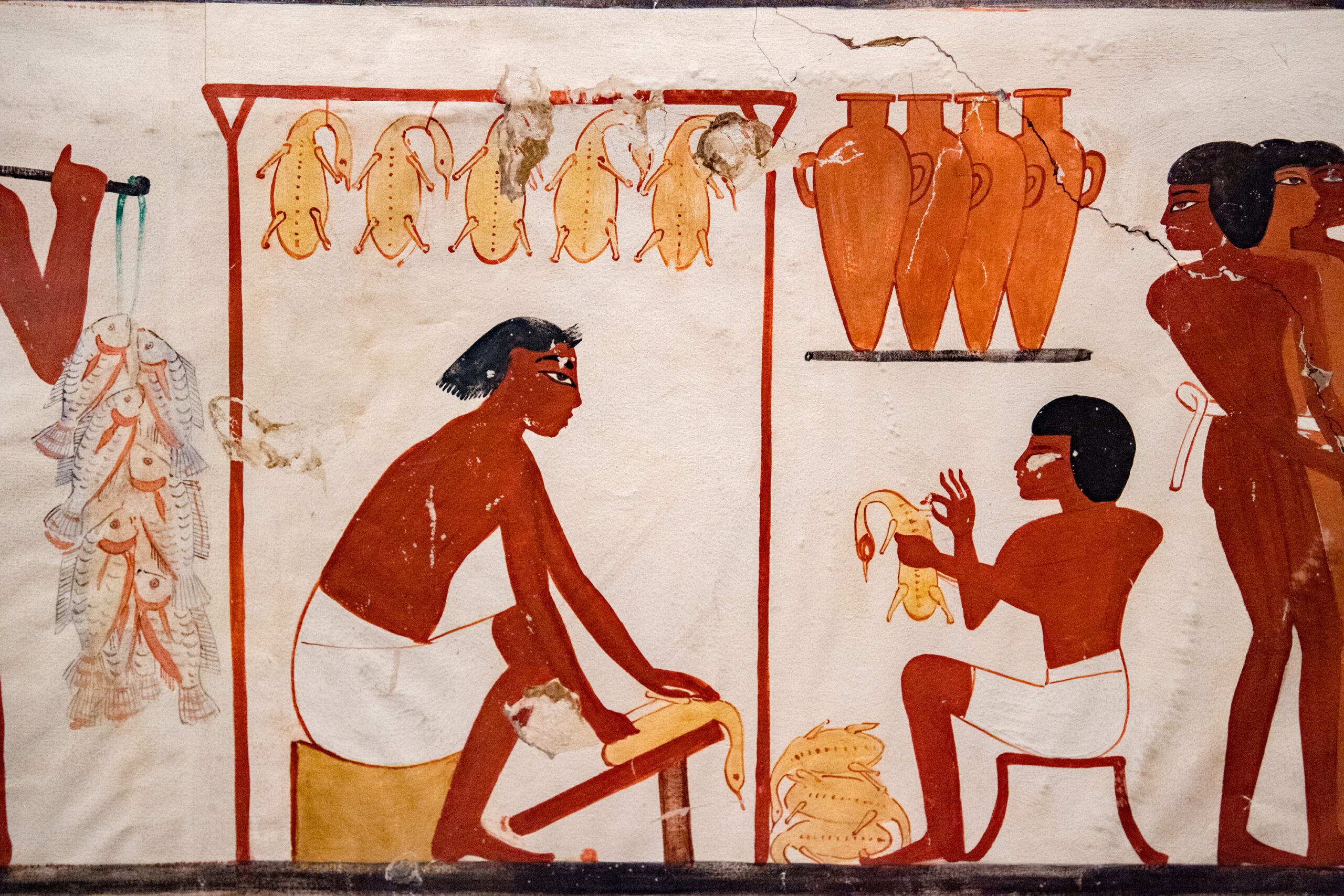Tanning, the process of converting raw animal hides into durable leather, is an age-old craft that has been practiced by various civilizations throughout history. In the case of Mehrgarh, an ancient settlement located in what is now Pakistan, evidence of tanning dating back to 7000 to 3300 BCE showcases the region’s early mastery of this crucial skill.

- The Significance of Tanning: Tanning holds immense significance in human history as it allowed early societies to make use of animal hides for clothing, footwear, shelter, and other essential items. Without tanning, hides would quickly decay, rendering them useless.
- Mehrgarh: An Archaeological Marvel: Mehrgarh, situated in the Balochistan province of Pakistan, is an archaeological treasure trove. It represents one of the earliest known agricultural settlements in South Asia, with its roots dating back over 9,000 years.
- Early Evidence of Tanning: Archaeological excavations at Mehrgarh have unearthed tangible evidence of tanning activities. This evidence includes the presence of tools and materials used in the tanning process, such as scrapers and mortars, as well as the remains of processed hides.
- Raw Material Utilization: Tanning at Mehrgarh predominantly involved the use of animal hides, a readily available resource in the region. The utilization of hides for leather production served the practical purpose of creating durable materials for everyday life.
- Tanning Techniques: While the precise tanning techniques employed at Mehrgarh are not fully documented, the discovery of tools suggests that the inhabitants used scraping and curing methods. These techniques allowed them to remove hair and flesh from the hides, rendering them suitable for various applications.
- Cultural and Economic Significance: The practice of tanning in Mehrgarh was not merely utilitarian; it carried cultural and economic significance. Leather products were essential for daily life, and the ability to produce high-quality leather would have been a valuable skill.
- Ancestral Connection: Mehrgarh’s tanning practices offer a glimpse into the resourcefulness and ingenuity of early human communities. These ancestral connections to craftsmanship and survival contribute to our understanding of human development and adaptation.
- A Testament to Human Ingenuity: Tanning is a testament to human ingenuity in preserving perishable resources. The residents of Mehrgarh recognized the value of leather as a versatile material and developed techniques to harness its potential.
- A Lasting Legacy: While the civilization of Mehrgarh eventually declined and disappeared, the legacy of their tanning practices lives on. The knowledge and techniques developed in this ancient settlement laid the foundation for subsequent advancements in leatherworking.

In summary, the evidence of tanning in Mehrgarh, dating back thousands of years, underscores the resourcefulness and adaptability of early human communities. The practice of transforming animal hides into leather was not only a practical necessity but also a testament to the enduring legacy of craftsmanship that continues to shape our world today. It serves as a reminder of the vital role that ancient skills and technologies played in human history.



